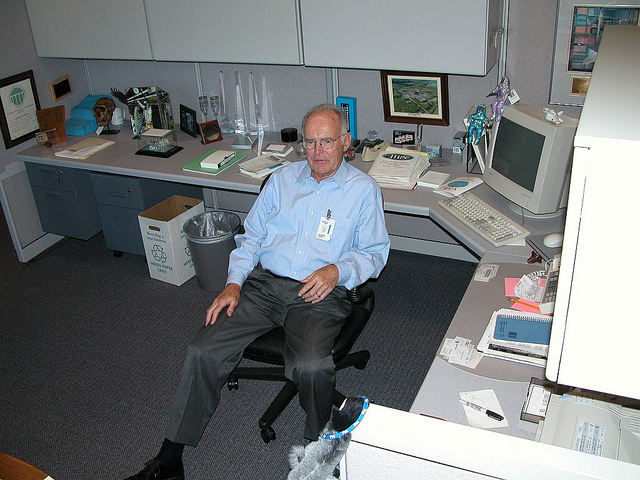The most ironic thing about visionaries and scientists is that whenever a new concept comes into the lime light, it is at first mocked and not taken seriously, but later it is accepted with open arms. Similar was in the case of Gordon E. Moore who wrote a paper in 1965 in which he predicted the number of transistors per square inch on integrated circuits would double every year. This prediction was made way back in 1965 but even now, it is taken as a benchmark by the semiconductor industry, and we can see the visible shrinkage in the device sizes year after year. Three years after making the prediction, Mr.Moore started the very famous Intel company, and the rest is history.
If the Moore’s Law is applied to the 3D printing industry, then in the near future, the 3D printers would become leaner, meaner and better. But the burning question is that would that mean that the prices of 3D printers would fall down massively? The answer to this is- “Most Probably”! Though it is not necessary that the prices of the printers would fall massively as often technological progress comes at the cost of an increase in the manufacturing cost, in the case of 3D printers, as the technology becomes more main stream, there will be favorable shifts on the cost side as well.
Mention of Moore’s Law
The CEO of 3D Systems, one of the giants of the 3D printing industry, most recently compared the industry’s progress to the Moore law. He said, “Printers are going to double up on performance and double down on costs. Expect printers to become real powerful home appliances. The train has left the station.” Apart from the brief mention of the Moore’s Law by Avi Reichental, this law has been spoken of by the Bank of America and Merrill Lynch.
In a recent turn of events a video was released by 3D Systems in which the company talks about the breakthrough that the company had made by breaking the speed barrier and being able to manufacture items at a speed faster than that of injection molding. The main point in the video was to emphasize on the fact that 3D printing speed is doubling every two years which in turn bring us back to the Moore’s Law.
Whether there is any possibility of 3D printing cars within hours or plastic toys within seconds is yet to be seen. But the way things have progressed in the past one year the application of the Moore’s Law seems to be apt for this industry as well. The most adventurous thing would be to watch if 3D printing trajectory follows the path of progression as stated by Gordon E. Moore for the electronics industry.
Image Credit: Intel Free Press (flickrhandle: intelfreepress)
